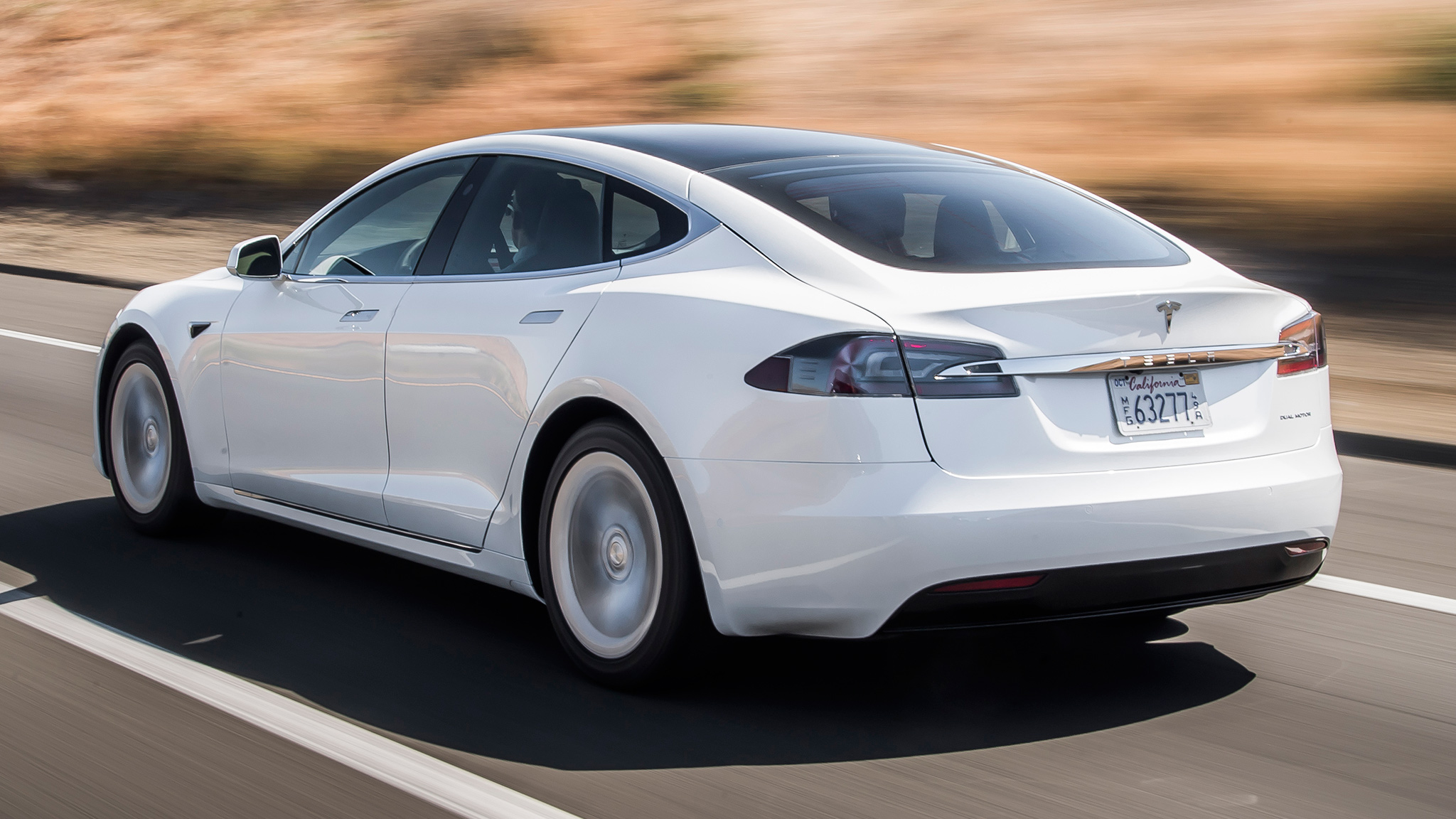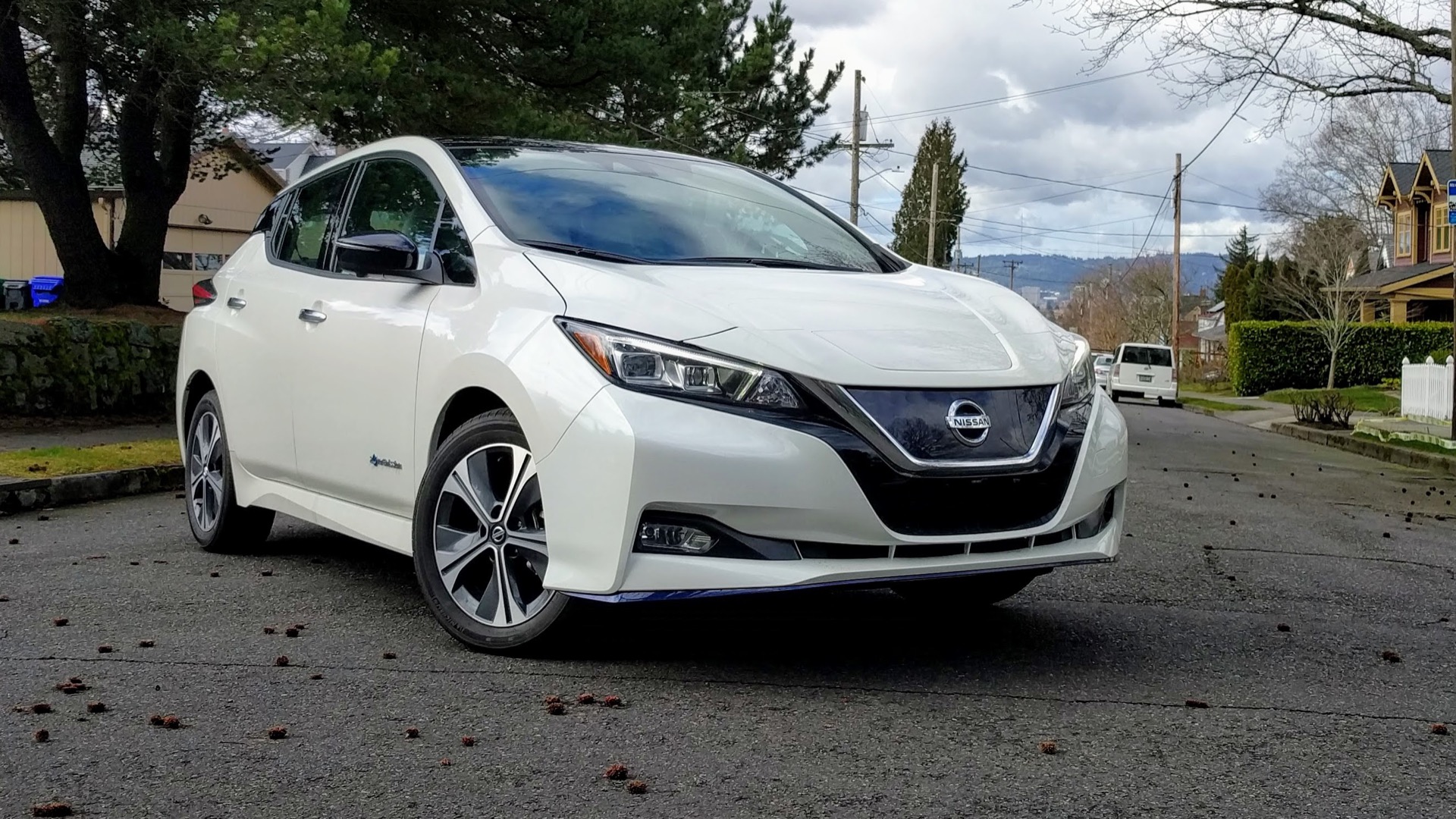Read The Full Article On: Automobilemag
These are the most enthusiast-friendly battery-electric vehicles.
When the first wave of electric vehicles crashed upon the shores of California nearly a decade ago, few car lovers were yelling “cowabunga.” We’ll not rehash the ins and outs of these mostly compliance cars, except to generalize their collective failings in two broad strokes. The first is that range sucked. The second is that carmakers exerted far too much effort making these electric cars resemble conventional ones.
In the interim, of course, Tesla showed the industry that there is a market for vehicles with battery packs big enough to cure range anxiety. But perhaps more important, it found that if electric cars are allowed to drive like electric cars, people might actually like them for it. One of the best ways in which EVs prove their mettle against the internal-combustion competition is in one-pedal operation.
Thinking of one-pedal driving as a replacement for the three-pedal experience isn’t entirely off base. Lifting off the accelerator of one of these enthusiast-friendly EVs feels kind of like executing a perfect heel-and-toe downshift heading into a hairpin turn—except the sensation is instant and repeatable. Some systems even allow the driver to vary the amount of regeneration or slow the car all the way to a stop. And by tuning electric vehicles to generate high levels of regenerative braking, engineers have created a true win-win: One-pedal driving recoups more energy, thereby increasing range, while at the same time delivering a sportier, more connected driving experience.
5. Nissan Leaf Plus

The second-generation Leaf launched with improvements in many areas, with none so significant as the introduction of a one-pedal driving mode Nissan calls “ePedal.” All new Leafs have it, but it’s in the Plus model—the one with the larger battery pack and more potent electric motor—that ePedal really shines, lending the Leaf a degree of sportiness it has never before possessed.
Activating ePedal is simple: Just toggle the button above the shifter and the Leaf will transition into its maximum regeneration mode after lifting your right foot, generating up to 0.20 g deceleration. As the car slows, it automatically applies the friction brakes to come to a stop, holding the car stationary on grades up to 30 percent. The rubber-band effect of acceleration and deceleration is well matched for spirited city driving, making the Leaf Plus a surprisingly potent traffic weapon. When it’s necessary to manually apply the brakes, however, inconsistent feedback from the blended regen system makes it tricky to judge how much pressure to apply.
transition into its maximum regeneration mode after lifting your right foot, generating up to 0.20 g deceleration. As the car slows, it automatically applies the friction brakes to come to a stop, holding the car stationary on grades up to 30 percent. The rubber-band effect of acceleration and deceleration is well matched for spirited city driving, making the Leaf Plus a surprisingly potent traffic weapon. When it’s necessary to manually apply the brakes, however, inconsistent feedback from the blended regen system makes it tricky to judge how much pressure to apply.
Horsepower: 215 | EPA Range: 226 miles
MSRP: $37,445 | Federal Tax Credit: $7500
__________
4. Chevrolet Bolt

The Chevrolet Bolt isn’t the first GM car to get a “Regen on Demand” paddle on the back of its steering wheel, although it is certainly the best implementation of the feature, which debuted on the Cadillac ELR and later made its way into the Chevy Volt. Depress the paddle and the Bolt dials up the brake regeneration, slowing as if you’d tapped the brake pedal. There’s a bit of lag before the paddle works its trick, and if you hold it down the car can even come to a complete stop.
But for the Bolt to work as a one-pedal car, you need to drive it in “L” mode to get the highest level of regenerative braking (up to 0.22 g). This means clicking the electronic shifter downward a second time every time you put the Bolt into gear. Otherwise the default “D” drive mode mimics a conventional car, coasting when you let off the accelerator. By combining L and prudent use of the paddle, driving without using the brake pedal is possible most of the time. Mastering this deceleration game is easy and fun, and the Bolt’s Regen on Demand system keeps the driver involved.
Horsepower: 200 | EPA Range: 238 miles | MSRP: $37,495
Federal Tax Credit:
$3750 until 9/30/19, $1875 from 10/1/19 to 3/31/20
__________
3. Hyundai Kona Electric

Hyundai doubles down on the Bolt’s regen paddle, affixing one on each side of the steering wheel of its Kona Electric. This allows drivers to cycle through four levels of regenerative braking (including turning off regen completely), or hold down the left paddle to max out regen at 0.25 g, which will also bring the vehicle to a stop. Squeezing the right paddle for a few seconds puts the car into automatic mode, which varies the amount of regenerative braking according to speed and conditions.
We like most any system that gives a driver greater control, and being able to switch the Kona Electric from max regen to none on the fly is particularly useful. One of the drawbacks to one-pedaling is that high regen can make it challenging to drive smoothly in traffic; passengers may not appreciate the back-and-forth jerkiness. Hyundai’s adjustable system solves this problem, while still delivering all the fun of one-pedal operation at the flick of a paddle.
Horsepower: 201 | EPA Range: 258 miles
MSRP: $38,045 | Federal Tax Credit: $7500
2. Jaguar I-Pace

s almost twice as expensive as the commodity class of electric vehicles—and it generates almost twice the power while still traveling in excess of 200 miles per charge. Its regenerative braking system can also decelerate at nearly twice the rate: 0.40 g when this quasi-crossover is set to high regen mode, but only after the driver initiates braking with the pedal. The regen setting is buried in the center infotainment system two menus deep, but thankfully once you turn off the default low mode, the car will retain your choice through a restart.
This all makes the I-Pace fun to drive in a way worthy of its badge, and with the optional Adaptive Dynamics package ($700) fitted you wouldn’t believe the vehicle weighs almost 5000 pounds. The I-Pace one-pedals well enough, although Jaguar’s brake blending scheme that requires using the second pedal to trigger max regen could be improved. As a Tesla fighter, the I-Pace may be short of the mark, but an EV that can do zero to 60 in well under five seconds should be welcome in any enthusiast’s garage.
Horsepower: 394 | EPA Range: 234 miles
MSRP: $70,525 | Federal tax credit: $7500
1. Tesla Model S Performance

Unsurprisingly, the best one-pedal car on the market comes from the company that pretty much invented the concept. Tesla’s approach is unique in that it decouples the friction brakes from the reverse-spinning electric motors. Each system is allowed to operate independently, with no brake blending. The car controls the resistance provided by the motor-generators and the driver manages the conventional braking system. This improves brake pedal feel and gives the driver more control over the car’s deceleration.
While all Tesla models handle off-accelerator regen similarly, we picked the Model S Performance for this list simply because it’s one of the quickest accelerating production cars ever built. Testing by our colleagues at MotorTrend has shown it capable of hitting 60 miles per hour in less than 2.3 seconds. And of course, in the Model S Tesla also offers the longest-range battery of any EV extant.
Horsepower: 680 | EPA Range: 345 miles
MSRP: $99,990 | Federal Tax Credit: $1875 until 12/31/19

